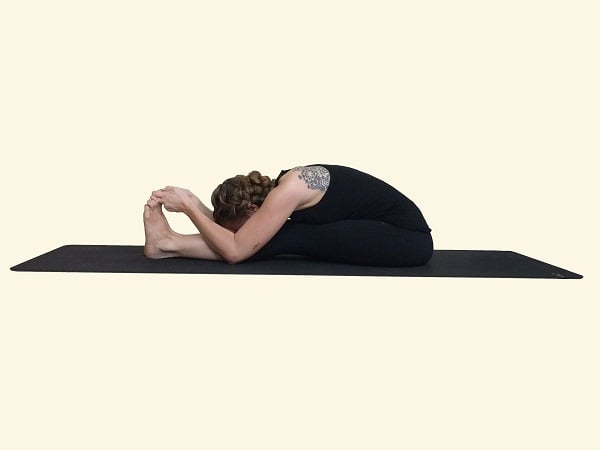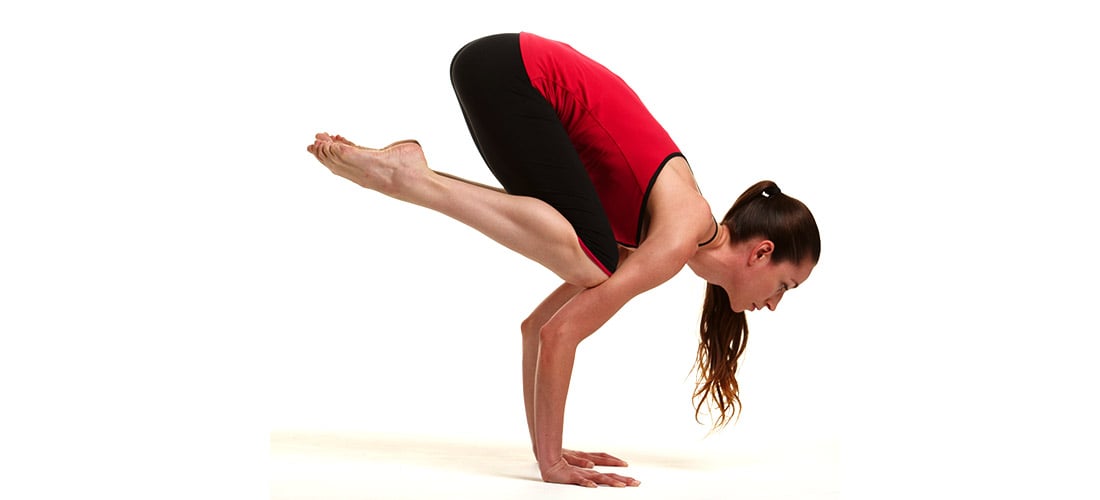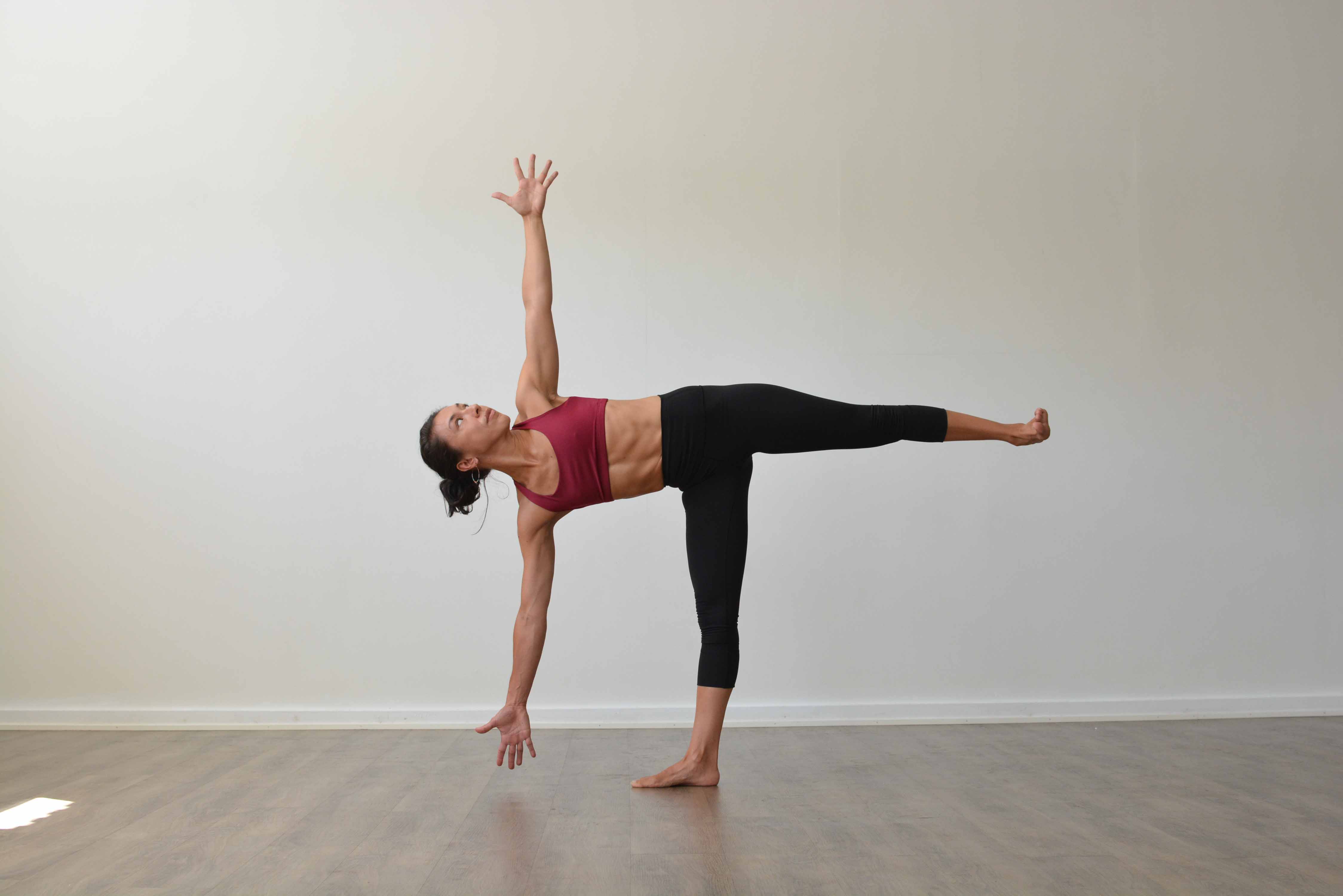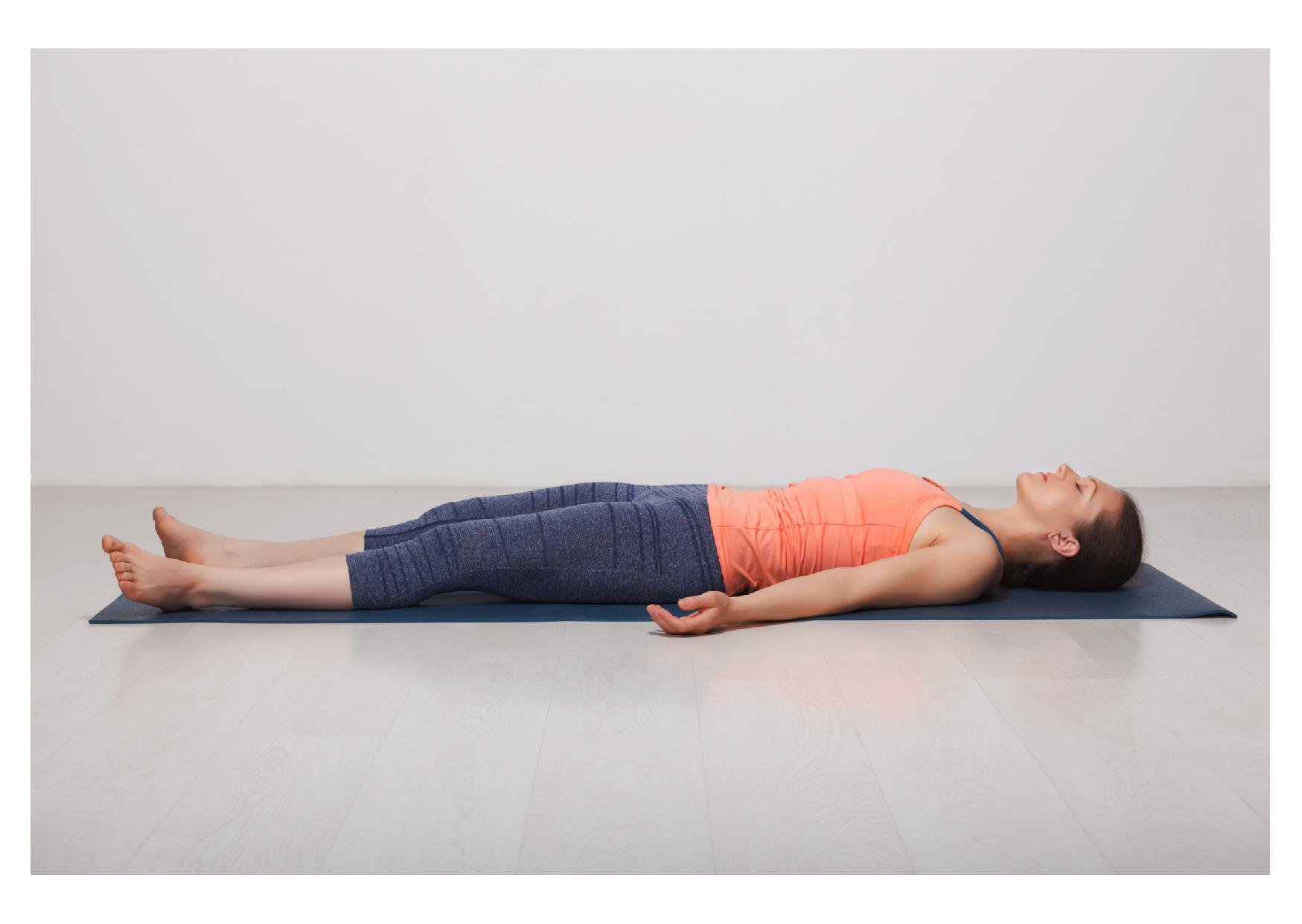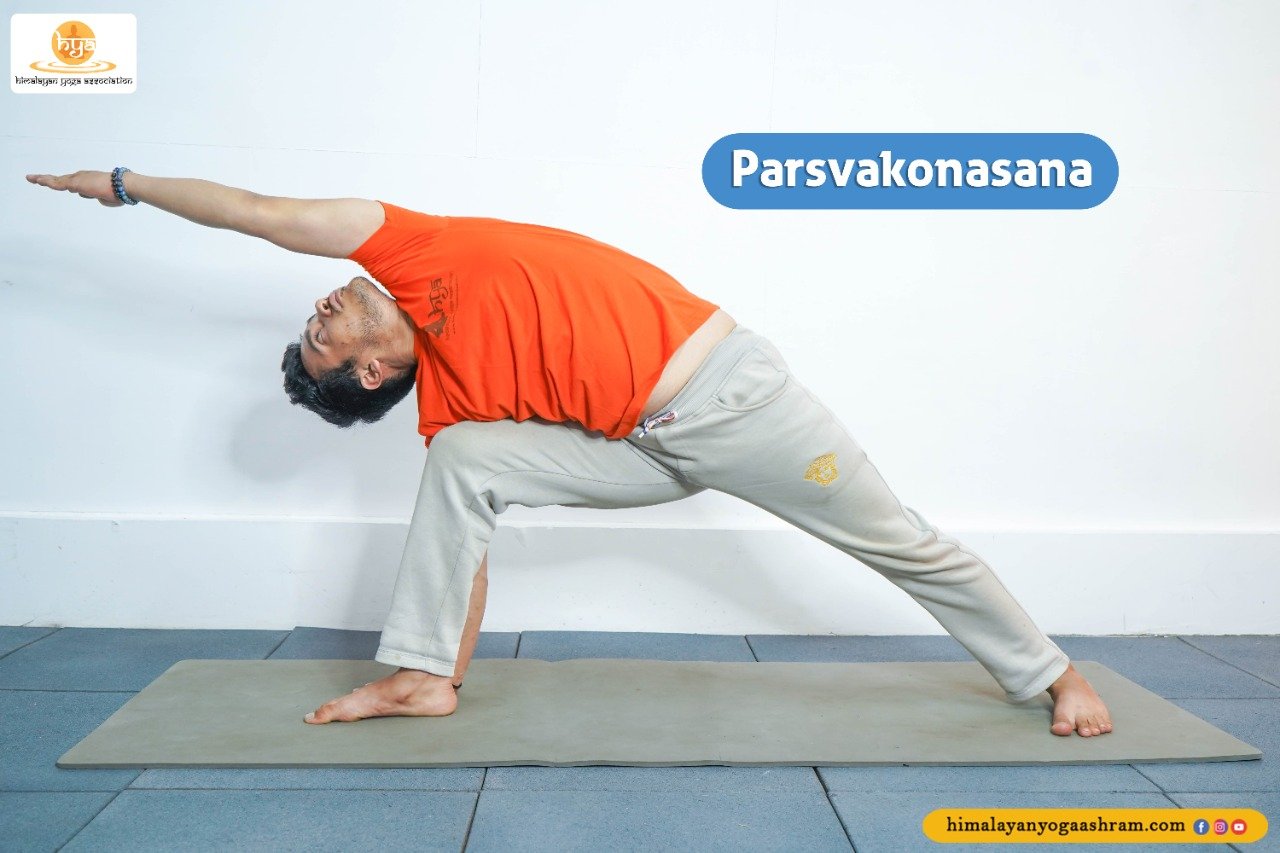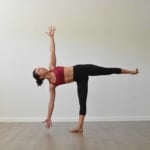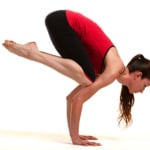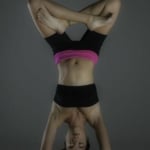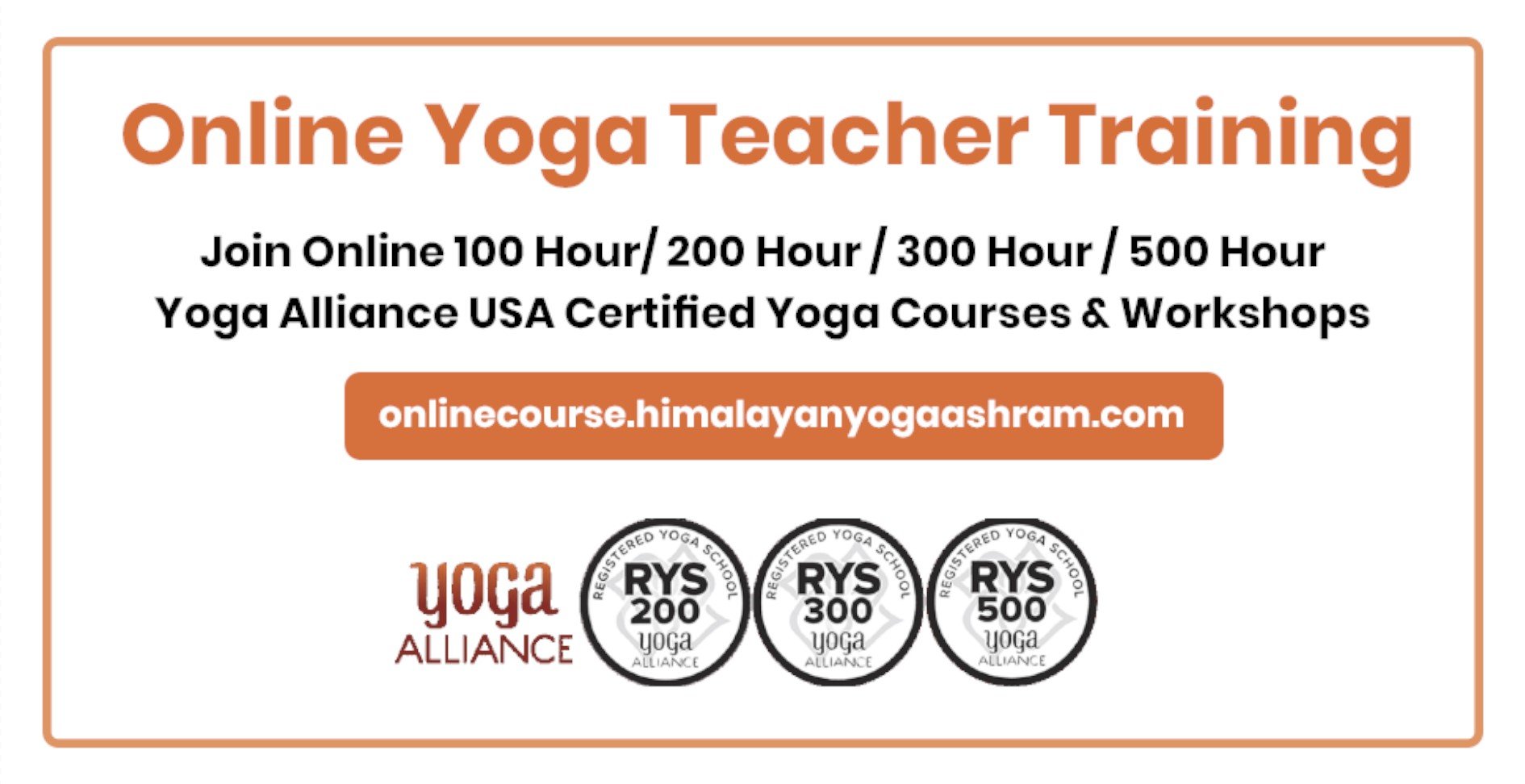January 4, 2019
Bharadvajasana (Bharadvaja’s Twist)
In Sanskrit “Bharadvaj” is one of the seven legendary seers and “asana”, meanining is “pose”. In English name is “Sage Bharadvaja’s twist”. Position : Sitting Type : Twisting Spiritual Awareness : Manipura Physical Awareness : Legs, ankles, groin, chest, lungs, abdomen, shoulders. Dosha Suitability : Vata and Kapha Introducery Asanas : Baddha Konasana, Supta Padangusthasana, Virabhadrasana II, Virasana Procedure: Sit on the floor with your legs straight out in front of you. Shift over onto your right buttock, bend your knees, and swing your legs to the left. Lay your feet on the floor outside your left hip, with the left ankle resting in the right arch. Inhale and lift through the top of the sternum to lengthen the front torso. Then exhale and twist your torso




